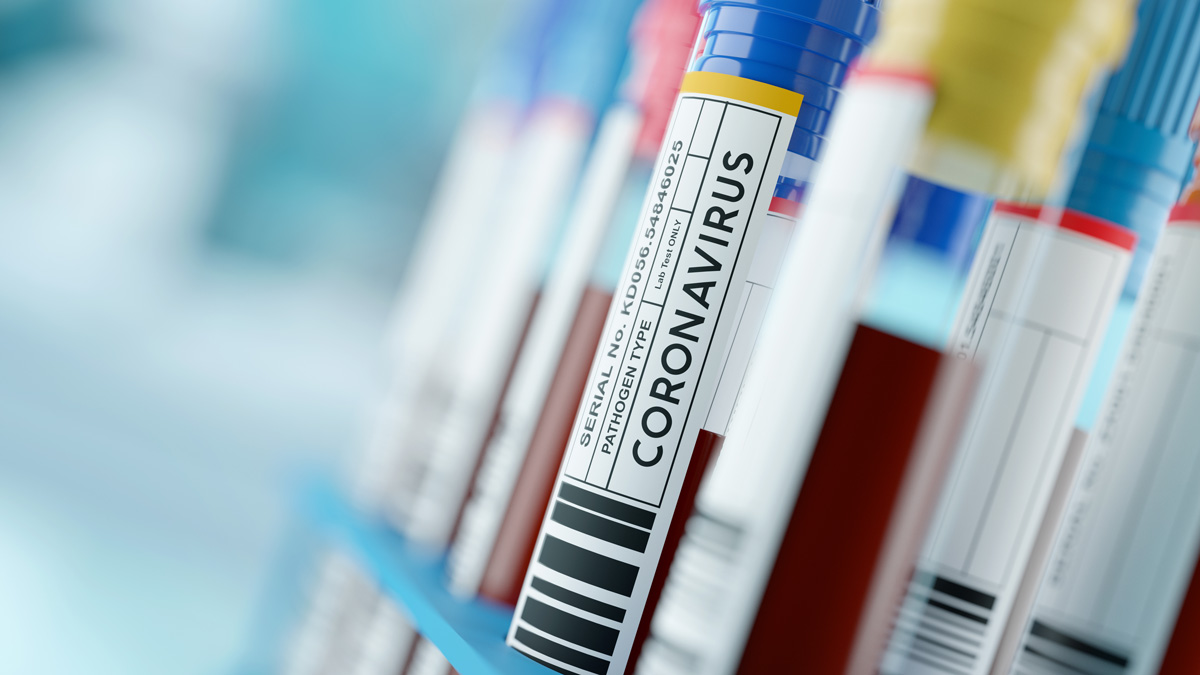MPs slam £37bn NHS Test and Trace as UK endures third lockdown

There is no clear evidence that the UK’s £37 billion NHS Test and Trace programme (NHST&T) has an impact on the pandemic, according to a withering report from an influential committee of MPs.
In its report the Public Accounts Committee (PAC) noted that Department of Health and Social Care justified the scale of the investment in part on the basis that an effective test and trace system would help avoid a second national lockdown.
But since the test and trace system came into effect midway through last year there have been two more national lockdowns.
The original budget for NHST&T was set at £22bn, but since then it has been allocated a further £15 billion.
While it was always going to be a tough task to build such a system from scratch NHST&T has been beset with problems from the outset, with a BBC Panorama documentary revealing chaos, confusion and technical problems as the system was set up.
Things reached a real nadir when it emerged that the system failed to record thousands of positive cases in the autumn, because the Excel spreadsheet on which it was based had run out of space.
There is still no clear evidence of the system’s effectiveness and compared with other measures introduced to tackle the pandemic, the report said
The report found that between May 2020 and January 2021, daily UK testing capacity for COVID-19 increased from around 100,000 to over 800,000 tests.
NHST&T had also contacted over 2.5 million people testing positive for COVID-19 in England and advised more than 4.5 million of their associated contacts to self-isolate.
But the percentage of total laboratory testing capacity used in November and December 2020 remained under 65%, and even with the spare capacity, NHST&T has never met the target to turn around all tests in face-to-face settings in 24 hours.
Low utilisation rates - well below the target of 50% - persisted into October last year, the report found.
A major focus for NHST&T in early 2021 was the mass roll-out of rapid testing in different community settings, but the PAC said there have been particular setbacks for the roll-out to schools, after NHST&T had significantly underestimated the increase in demand for testing when schools and universities returned last September.
The PAC called for more data about how NHST&T is helping to reduce transmission of COVID-19 and justify unused capacity that is driving up costs.
It also called for a workforce plan and recruitment strategy and a reduction in the use of costly external consultants.
Meg Hillier MP, chair of the Public Accounts Committee, said: "The £22 billion for test and trace is about the annual budget of the Department for Transport. Test and Trace still continues to pay for consultants at £1000 a day.
"Yet despite the unimaginable resources thrown at this project Test and Trace cannot point to a measurable difference to the progress of the pandemic, and the promise on which this huge expense was justified - avoiding another lockdown – has been broken, twice.
“British taxpayers cannot be treated by Government like an ATM machine. We need to see a clear plan and costs better controlled."
Interim executive chair of the National Institute for Health Protection Baroness Dido Harding said: “After building a testing system from scratch, we have now carried out over 83 million coronavirus tests - more than any other comparable European country - and yesterday alone we conducted over 1.5million tests. We are now rolling out regular rapid asymptomatic testing which is supporting children to go back to school, people to go to work and visitors to see their loved ones in care homes.
“NHS Test and Trace has successfully reached 93.6% of the contacts of positive cases - with 98% being contacted within 24 hours, and the contact tracing service has already reached more than 9.1 million cases and contacts, making a real impact in breaking chains of transmission.”













